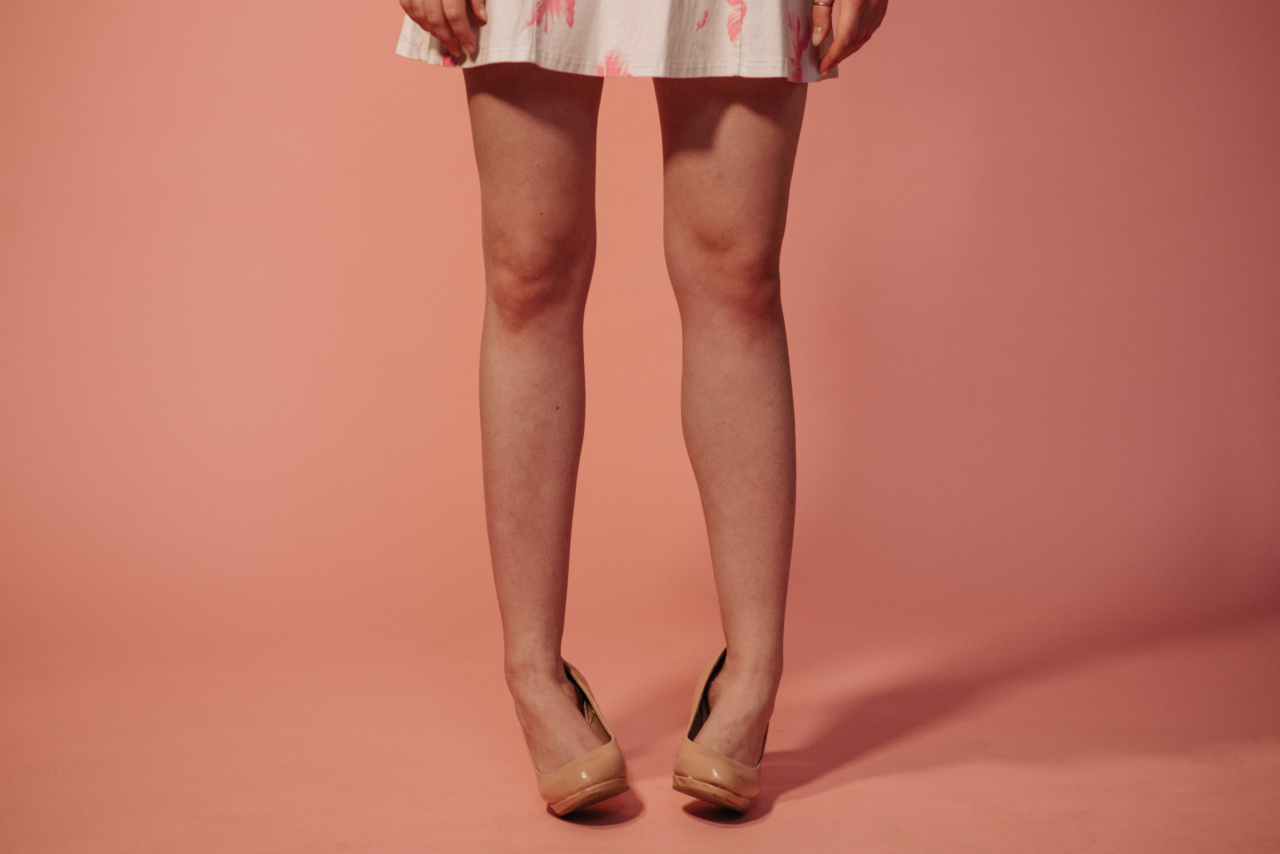High heels may make you feel sexy and confident, but they are not good for your knees. Wearing high heels for long periods can lead to knee pain, osteoarthritis, and other knee problems.
In this article, we will discuss the reasons why high heels are bad for your knees and what you can do to prevent knee problems.
Knee joint mechanics
The knee joint is a complex joint that is made up of bones, cartilage, ligaments, and tendons. It is responsible for bearing the weight of the body and enabling us to perform activities such as walking, running, and jumping.
The knee joint mechanics involve the interaction between the femur, tibia, and patella, which are the three bones that make up the knee joint. The patella is a small bone that sits over the front of the knee joint and acts as a protector for the joint. It also helps with the transmission of forces from the thigh muscles to the lower leg.
Knee joint loading
When we walk or run, the knee joint experiences a certain amount of force. The amount of force that is put on the knee joint depends on the weight of the body, the speed of movement, and the surface on which we are moving.
Wearing high heels, especially those that are more than two inches, shift the body weight to the forefoot, which increases the load on the knee joint. This can lead to an increase in the risk of knee problems such as patellofemoral pain syndrome and osteoarthritis.
Knee joint alignment
Wearing high heels can cause a change in the alignment of the knee joint. When we wear high heels, the knee joint is forced into a more extended position.
This can lead to an increase in the pressure on the inside of the knee joint, which can cause damage to the articular cartilage. Over time, this can lead to the development of osteoarthritis, a degenerative joint disease that can cause pain, stiffness, and swelling in the knee joint.
Knee joint stability
The knee joint relies on ligaments and tendons for stability. When we wear high heels, the alignment of the knee joint changes, which can lead to a decrease in the stability of the joint.
This can increase the risk of injuries such as sprains and tears in the ligaments and tendons surrounding the knee joint.
Knee joint muscles
The muscles surrounding the knee joint play an important role in knee joint stability and function. Wearing high heels for long periods can cause the calf muscles to become shortened, which can lead to a decrease in the flexibility of the muscles.
This can cause an increase in the load on the knee joint, which can lead to knee problems such as patellofemoral pain syndrome and osteoarthritis.
Preventing knee problems from high heels
If you are a fan of high heels, there are steps you can take to prevent knee problems. Here are some tips:.
- Limit the amount of time you wear high heels
- Choose heels that are no more than two inches high
- Stretch your calf muscles regularly
- Strengthen the muscles that surround the knee joint
- Wear shoes that are comfortable and supportive
Conclusion
Wearing high heels may make you feel confident and sexy, but they are not good for your knees. High heels can increase the load on the knee joint, change the alignment of the joint, decrease joint stability, and shorten the calf muscles.
To prevent knee problems, it is important to limit the amount of time you wear high heels, choose heels that are no more than two inches high, stretch your calf muscles regularly, strengthen the muscles that surround the knee joint, and wear shoes that are comfortable and supportive.


























